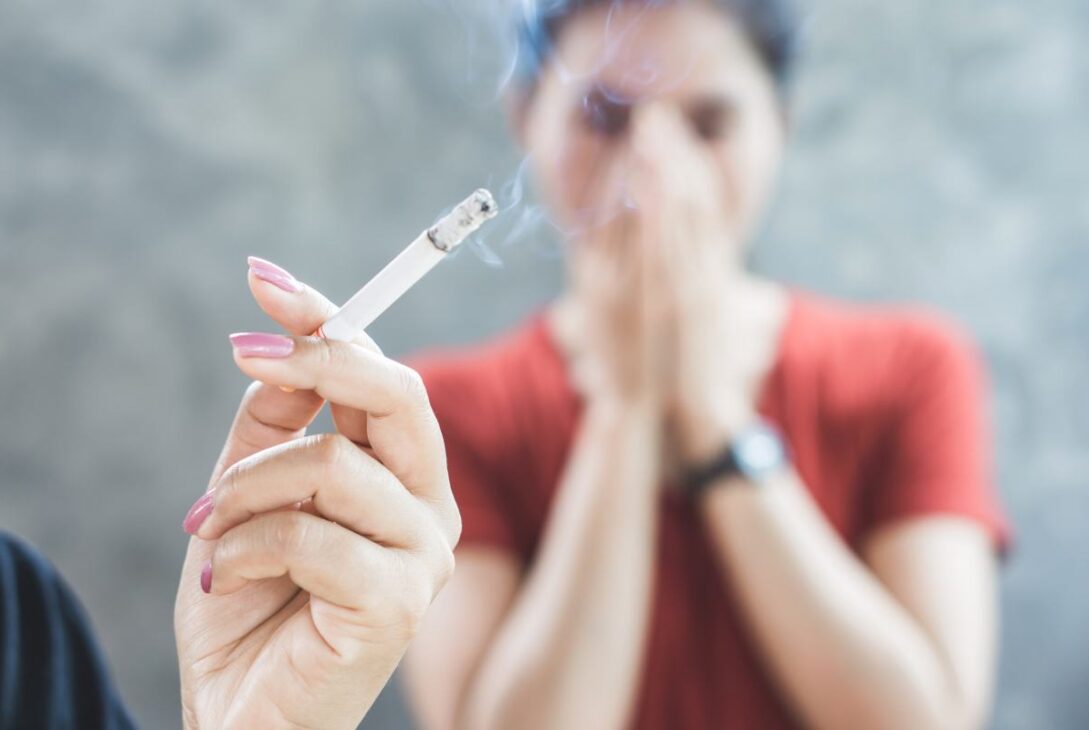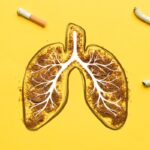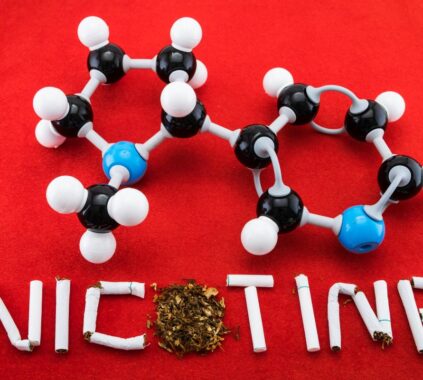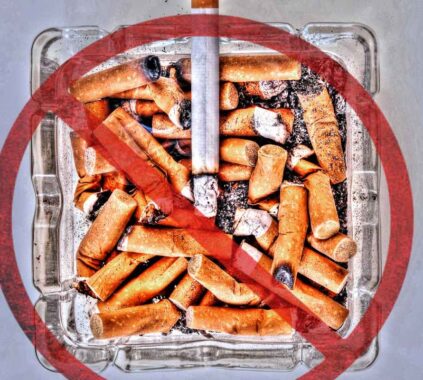Despite increased awareness of its dangers, secondhand smoke remains a pervasive public health issue worldwide. Whether directly inhaled or indirectly absorbed, the adverse effects of secondhand smoke on health are well-documented and can lead to severe consequences. This article delves into the five ways secondhand smoke negatively impacts your health.
1. Respiratory Issues
A primary concern of secondhand smoke exposure is its detrimental effects on the respiratory system. Non-smokers regularly exposed to secondary smoke face an elevated risk of respiratory problems such as coughing, wheezing, and breathlessness. This is due to over 7,000 chemicals in secondhand smoke, many of which are irritants and toxins that can inflame the airways and lungs.
Children are particularly vulnerable to respiratory issues caused by secondhand smoke. Exposure during childhood increases the risk of developing asthma, respiratory infections, and even sudden infant death syndrome (SIDS). Additionally, brief exposure to secondhand smoke can trigger asthma attacks and worsen symptoms in children with pre-existing respiratory conditions.
2. Cardiovascular Disease
Secondhand smoke poses a significant threat to cardiovascular health, not just lung health. Studies indicate that exposure to secondhand smoke heightens the risk of heart disease, heart attacks, and strokes. This is because the chemicals in secondhand smoke can damage blood vessel linings, promote blood clot formation, and contribute to atherosclerosis (hardening of the arteries).
Non-smokers living with smokers or regularly exposed to secondhand smoke face a higher risk of cardiovascular disease compared to unexposed individuals. Even minimal exposure to secondhand smoke over time can have detrimental effects on heart health, emphasizing the importance of minimizing exposure whenever feasible.
3. Cancer Risk
The association between tobacco smoke exposure and cancer is well-established. While smoking is the primary cause of lung cancer, secondhand smoke has also been classified as a carcinogen by leading health authorities. In addition to lung cancer, exposure to secondhand smoke increases the risk of other cancers such as breast, nasal, sinus cavity, and bladder cancer.
Carcinogens in secondhand smoke damage DNA, leading to abnormal cell growth and tumour formation. Non-smokers regularly exposed to secondary smoke, whether at home, work, or in public spaces, face an elevated cancer risk. Reducing exposure to secondhand smoke is crucial for mitigating this risk and safeguarding overall health.

4. Reproductive Health Concerns
Secondhand smoke exposure can adversely affect reproductive health in both men and women. In women, exposure during pregnancy is linked to complications such as low birth weight, preterm birth, and SIDS. Pregnant women exposed to secondhand smoke are at a heightened risk of miscarriage and stillbirth.
For men, exposure to secondhand smoke can reduce fertility and increase the risk of erectile dysfunction. Toxic chemicals in secondhand smoke damage sperm DNA and impair sperm function, hindering conception. Quitting smoking and minimizing exposure to secondhand smoke are essential for protecting reproductive health and fertility.
5. Mental Well-being
In addition to physical health effects, secondhand smoke can impact mental well-being. Studies suggest a correlation between secondhand smoke exposure and an increased risk of depression, anxiety, and cognitive decline. Toxic chemicals in secondhand smoke affect neurotransmitter function and brain blood flow, potentially contributing to mood disorders and cognitive impairment.
Children and adolescents exposed to secondhand smoke may be particularly susceptible to mental health effects. Growing evidence suggests that childhood and adolescent exposure increases the risk of psychiatric disorders later in life. Smoking-free environments can protect physical and mental health across all age groups.
Conclusion
In summary, secondhand smoke poses significant health risks, affecting multiple organ systems and increasing the likelihood of various diseases and conditions. Whether through respiratory issues, cardiovascular disease, cancer, reproductive health complications, or mental health concerns, the harmful effects underscore the importance of smoke-free environments and tobacco cessation efforts. By raising awareness and implementing policies to reduce exposure, we can strive for a healthier, smoke-free future for all.
Last modified: February 22, 2024






